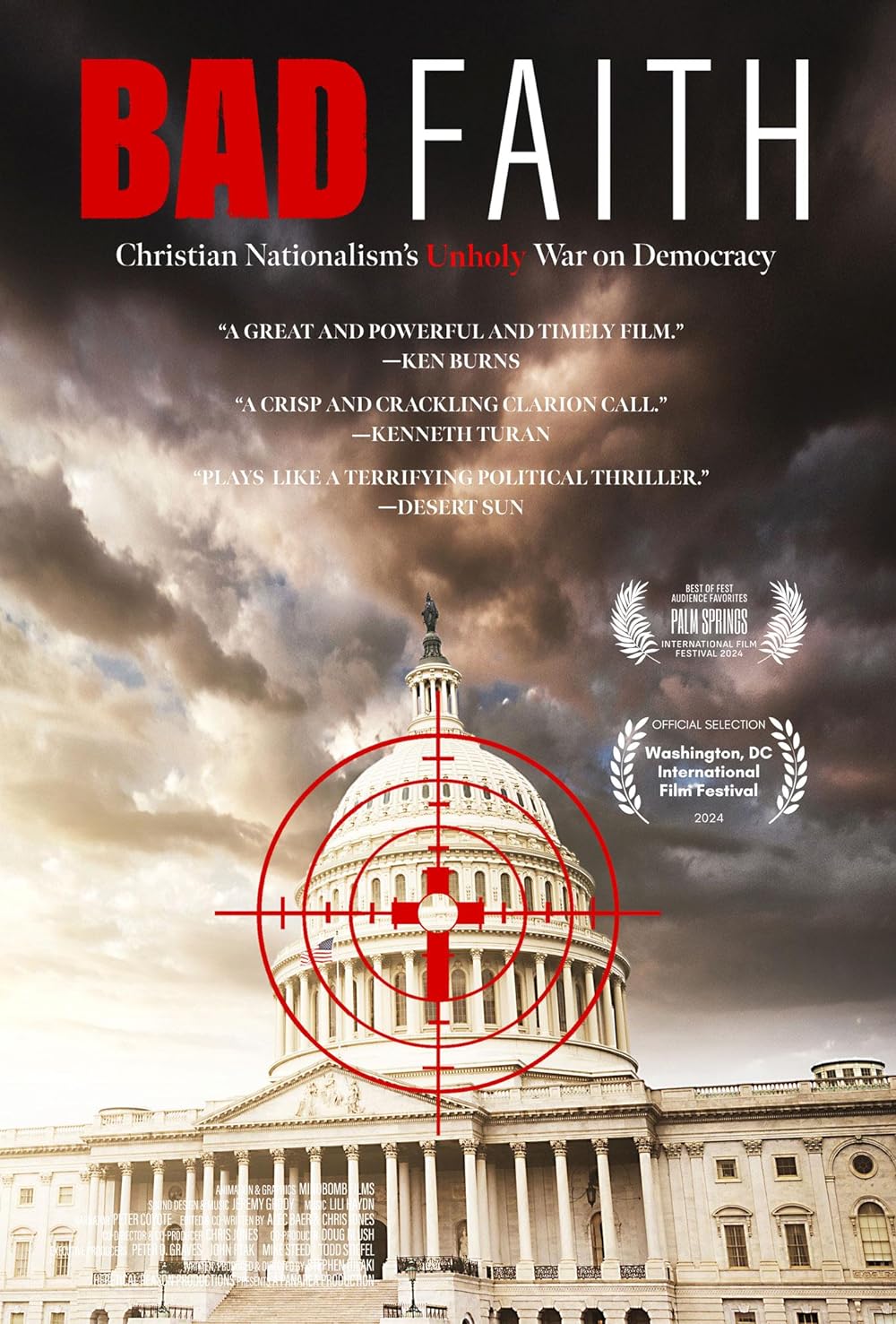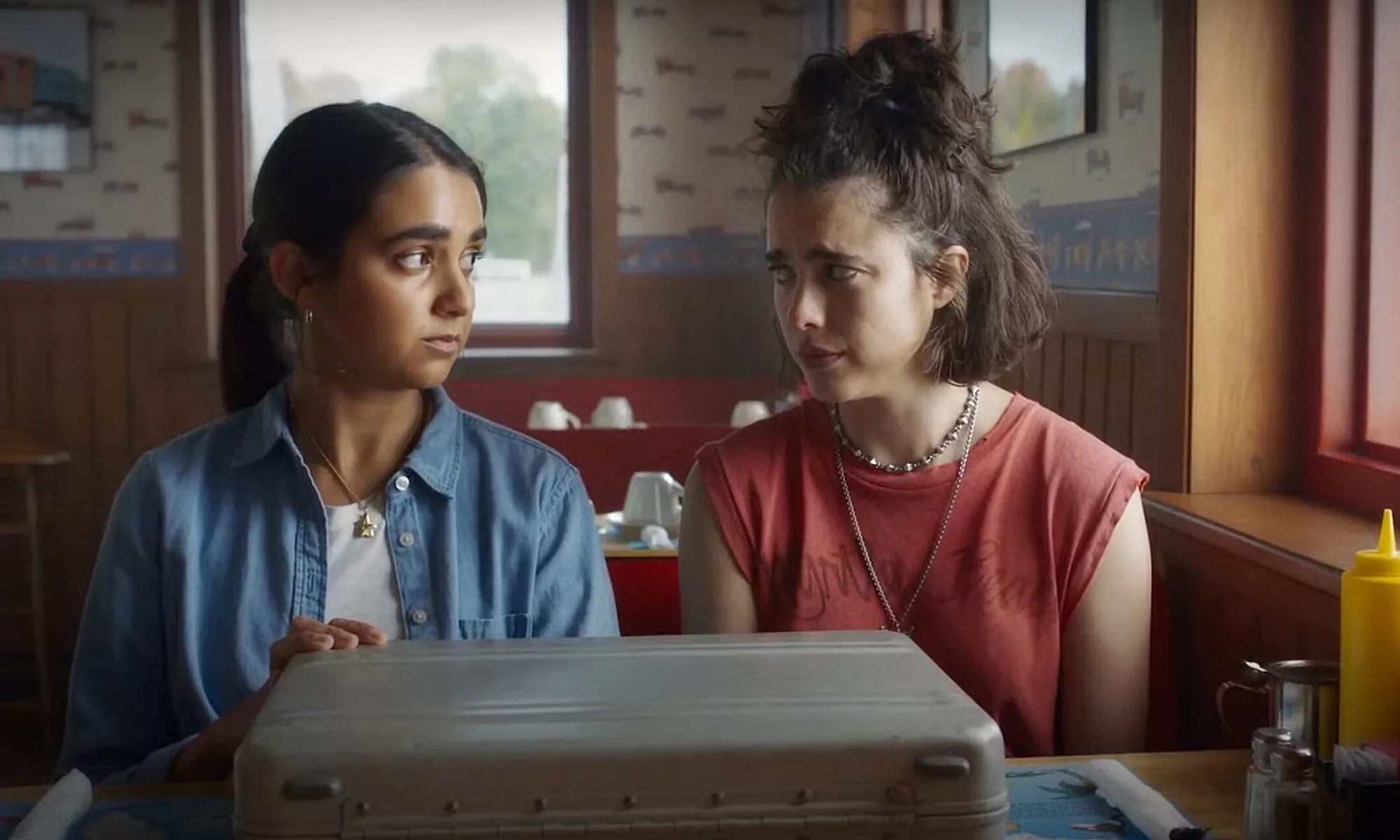High Tension
Posted on June 13, 2005 at 7:31 pm
C+| Lowest Recommended Age: | Mature High Schooler |
| Profanity: | Very strong language in French and English |
| Nudity/ Sex: | Frontal nudity, references to casual sex and lesbianism, voyeurism, masturbation, implied oral sex, sexual predation, sexual act performed with dismembered head |
| Alcohol/ Drugs: | Character drinks heavily, references to hangovers, cigarette smoking |
| Violence/ Scariness: | Slasher-movie violence including dismemberment, extremely bloody deaths, child chased and shot, constant peril |
| Diversity Issues: | Strong females, negative portrayal of gay character |
| Date Released to Theaters: | 2005 |
This French gore-fest is two-thirds ripe and one-third rot, resulting in an initially promising but ultimately disappointing horror movie that is not for sensitive or discerning audiences of any age. Dripping with tension both violent and sexual, “High Tension” (“Haute Tension” in the original) strains to trick the horror trap of predictability and, by severing all pretext of consistency, instead lands with a thud when audience disbelief can be suspended no more.
The majority of the movie is solid classic horror. Two attractive young law students, Alexia or “Alex” (Maïwenn Le Besco) and Marie (Cécile De France), head out to the countryside where Alex’s family lives amid the corn fields. The two young women banter about their upcoming exams, the parties they frequent, how Alex sleeps around, and how Marie never seems to meet the right guy. These light scenes are interlaced with ones of impending menace; a beaten-up van parked in corn fields where a bloody-fingered man appears to receive a sexual favor from what turns out to be a dismembered head.
By the time Alex and Marie reach the farmhouse, it is dark and there is just enough time for Alex’s mother, father, and young brother to meet Marie before retiring to bed. When the lights go out only Marie, awake in her attic guest room, hears the van pull up outside and sees the bloody-fingered man force his way into the house. Marie witnesses the ensuing, extremely explicit deaths of Alex’s family –- mother, father, brother and pet — while hiding from “le teuer” (the Killer), and she sees Alex, chained and gagged, taken out to the van for further attention. Stowing away in the back of the van with Alex, Marie tries to find ways to save Alex, as the Killer drives toward his mysterious destination.
The ultimate rescue, however, comes when the credits roll and the lights come up. That is when the audience can try to fit the scenes of the movie together in a way that makes some sense of the last thirty minutes. “High Tension” could be a memorably good horror movie but it strives to be something even better than that and, in throwing everything behind an unworkable ending, comes up short at just mediocre. The trick of the movie is not a perfectly packaged albeit predictable Hollywood twist, but instead it is a heavy-handed tire-iron blow to the head, one that ultimately leaves only blood and bewilderment.
Parents should know that this is an extremely scary movie with constant peril and the violent deaths of almost all on-screen characters. A family is slaughtered and even teens who are fans of the horror genre might be disturbed by the nonchalant violence. Parents should know that a little boy is chased and shot, kindness is rewarded by violence, terrible acts are committed in the name of love, and the deaths are explicit and bloody. Characters swear, smoke, drink, masturbate and refer to casual sex. There is a brief shower scene of frontal nudity. A gay character is portrayed as dangerously obsessed.
Families who see this movie might talk about the character of Marie and her dual role as observer and attempted rescuer. They might discuss how “love” is treated in this movie as a motivator and whether the Killer’s callousness is a mask for stronger emotions. Most likely, though, they will ask each other “but…?” and if they figure out how to make the last thirty minutes make sense, then hearty congratulations from this movie-goer.
Families who like scary, French movies might like “Crimson Rivers” (detective story with Jean Reno) or “Malfique” (prison movie whether the Killer’s callousness is a mask for stronger emotions. Most likely, though, they will ask each other “but…?” and if they figure out how to make the last thirty minutes make sense, then hearty congratulations from this movie-goer.
Families who like scary, French movies might like Crimson Rivers (detective story with Jean Reno) or Malfique (prison movie with supernatural themes).






